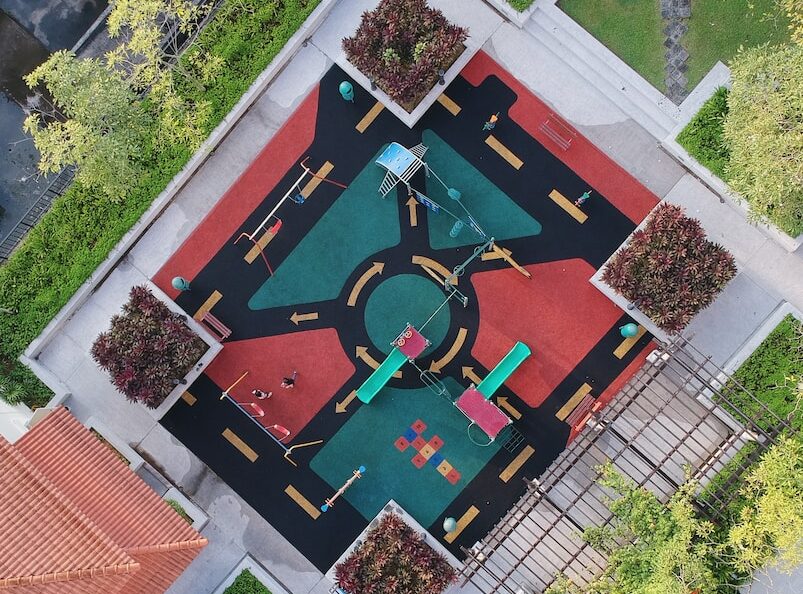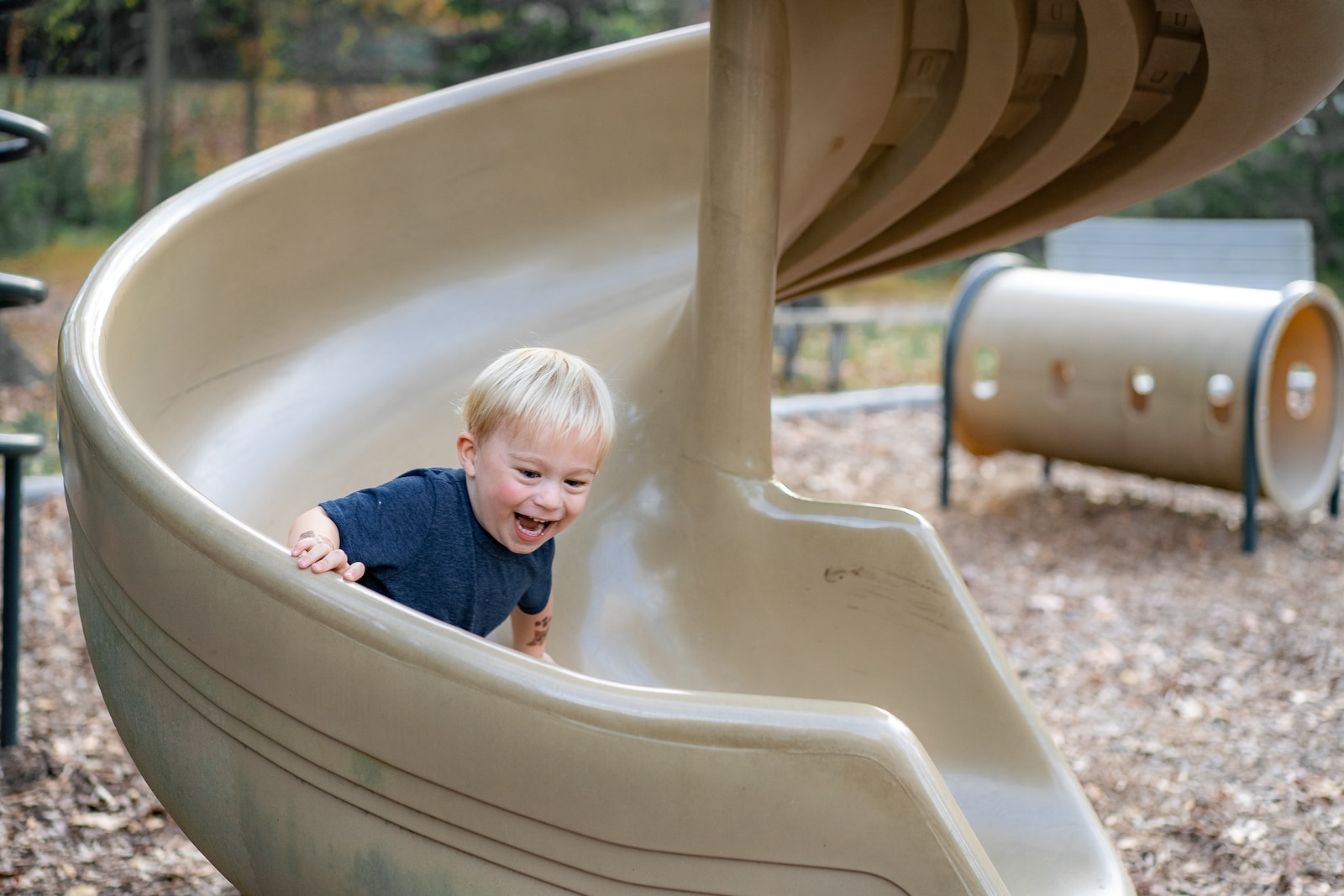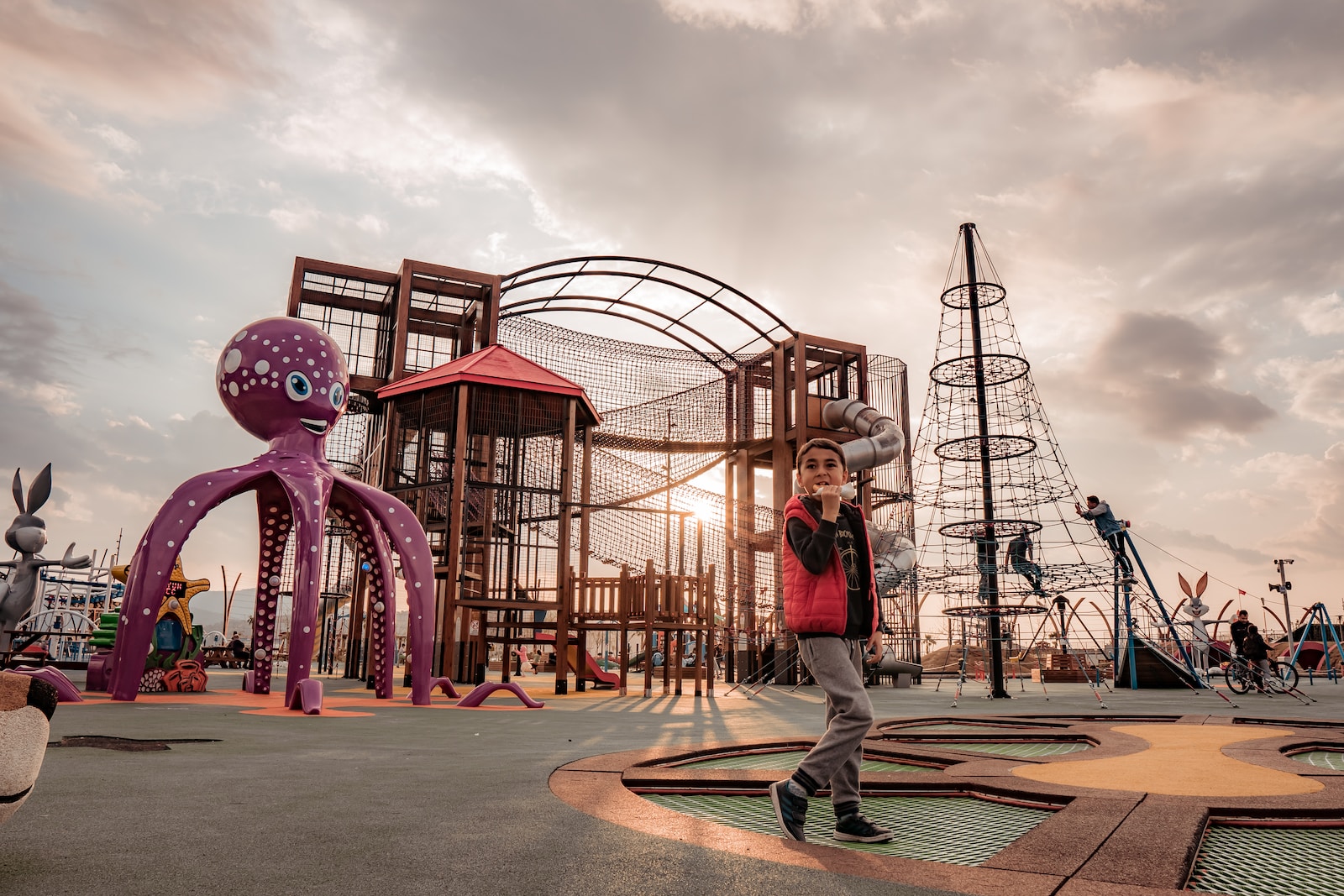Abstract
Facilitators and barriers to recess physical activity are not well understood. To date, research on recess physical activity has predominantly focused on quantitative measures typically focusing on a narrow set of predefined factors, often constructed by adults. To really understand the factors affecting recess physical activity it is crucial to observe and listen to children to know how they engage in and perceive recess physical activity. The aim of this paper was to gain knowledge on children’s perceptions and experiences of factors influencing their physical activity behaviour during recess. Data were collected in three separate studies using different qualitative approaches: participant observation; go-along group interviews and participatory photo interviews. The studies were conducted among 10–13-year-old children (grades 4–6) in 17 Danish schools and in five New Zealand schools among 11–12-year-old children. The socio-ecological model was used as the overall theoretical framework. Twelve factors were identified as influencing the children’s recess physical activity: bodily self-esteem and ability; gender; gendered school culture; peer influence; conflicts and exclusion; space and place experiences; lack of play facilities; outdoor play policy; use of electronic devices; recess duration; organised activities; and weather. These factors were located within different layers of the socio-ecological model, but were interdependent. The findings speak for implementing a combination of actions addressing factors from different layers in the socio-ecological model to increase recess physical activity.
Journal: European Physical Education Review
Year: 2018



